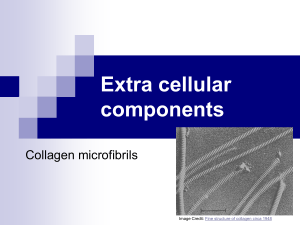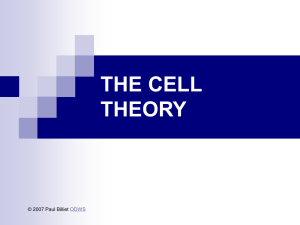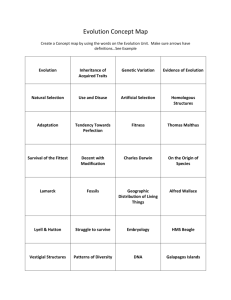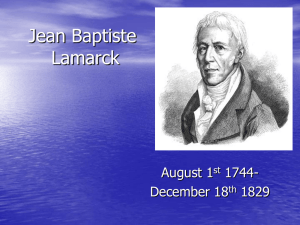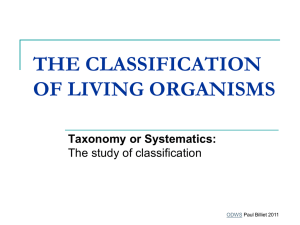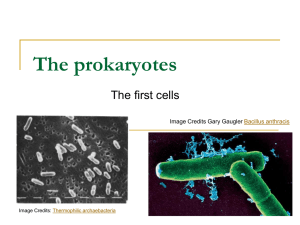LAMARCKIAN EVOLUTION
advertisement
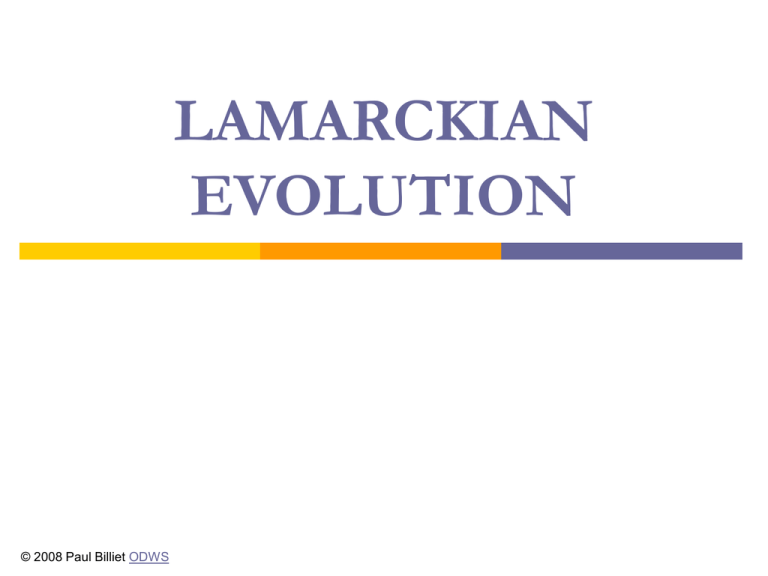
LAMARCKIAN EVOLUTION © 2008 Paul Billiet ODWS Jean Baptiste LAMARCK 1744 – 1829 Lamarck rejected fixity He proposed a theory of evolution which is attractive but it was eventually rejected because of the way inheritance works Lamarck © 2008 Paul Billiet ODWS Adaptation and specialisation Lamarck noticed that organisms adapted to a particular niche had well developed specialised organs For example a carnivore will have long canine teeth to grip its prey © 2008 Paul Billiet ODWS vestigial organs Small non-functional organs (vestigial organs) e.g. the appendix in humans, the internal hind limbs of whales and the internal legs of some species of snakes Comparative anatomy showed that these organs resembled those which were much more developed, with particular functions, in other species © 2008 Paul Billiet ODWS The Law of Use and Disuse He proposed that if an organ is used a lot it will develop and strengthen If it is not used it will atrophy He called this the law of use and disuse © 2008 Paul Billiet ODWS The Inheritance of Acquired Characteristics if an organism developed a characteristic feature through adapting to a new way of life during its lifetime, it would pass this on to its offspring The classic example given is that of the giraffe’s neck As the giraffe’s ancestors searched for a richer food supply they stretched to reach higher branches in trees Thus their stretched bodies were passed onto their offspring © 2008 Paul Billiet ODWS Lamarck v Darwin Lamarck’s theory required adaptation to create new variations This was followed by the inheritance of these characteristics Darwin’s theory requires random hereditary variation first, followed by selection of the variations The argument was over when Mendel’s laws of genetics were rediscovered at the end of the 19th century Variations are due to hereditary traits passing from one generation to the next in predictable frequencies Disproving Lamarck Characteristics acquired during the lifetime of a parent are not passed onto the offspring An athlete who develops a large muscle mass through training does not have children who already possess this large muscle mass Ernst Haeckel In an attempt to disprove Lamarckism he is said to have cut off the tails of mice for several generations The babies born from this line of tailless mice still grew tails as long as their ancestors This was not exactly a fair test as the mice had not stopped using their tails in an attempt to adapt to their environment They still found their tails useful Lamarckism in evolution theory today Behaviour can be different Some behaviour patterns are innate and will also evolve in by natural selection learned behaviour patterns can be changed within a generation Members of a social group who have acquired the behaviour in their lifetimes will pass these learned skills onto others including their children This pattern of evolution resembles the Lamarckian pattern The evolution of learnt behaviour is much faster than genetic evolution and it plays an important role in human cultural evolution
